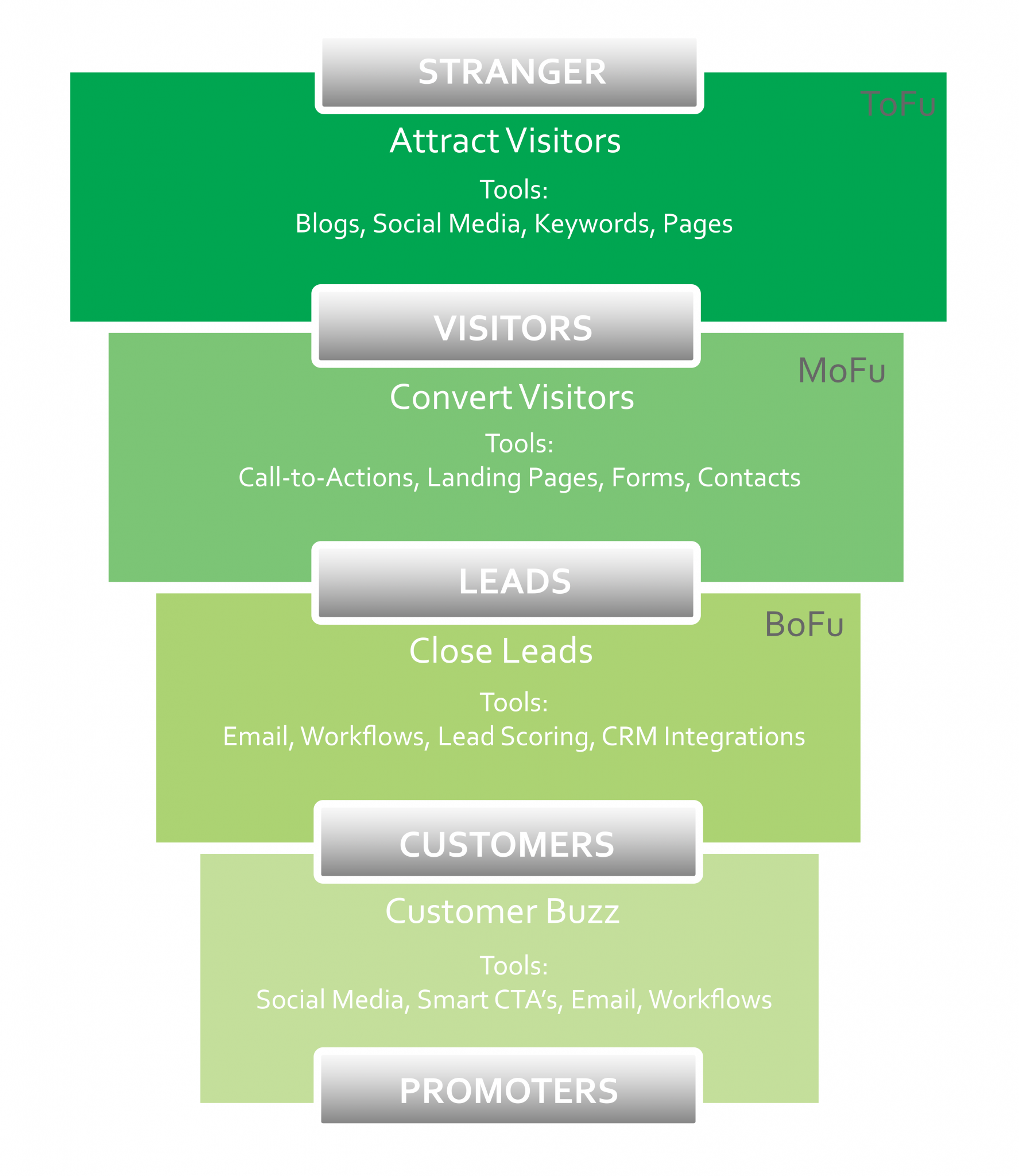As your business grows, you’ll find yourself having more and more conversations (both in person and over the phone) with potential leads. Whilst this is great news and shows that your business is developing good traction, do you really have the time to sift through all of those conversations to find the diamond in the rough? Unless you have an in-house sales team, the simple answer is probably no.
In order to close qualified leads, you need to be able to spend time talking to prospects after the initial stages of the sales cycle. This is where outsourced Inside Sales comes in.
Some people may be dubious of the benefits of inside sales at first, asking, “is it not just telemarketing?” Whilst both are predominantly phone-based selling, they deal with opposite ends of the sales cycle. Whereas telemarketers are often cold calling and forming a first point of contact between a business and potential client, inside sales reps act as a final touchpoint, being the ‘expert’ and nurturing or closing warm leads.
With continuous developments in technology, inside sales is growing 15 times faster than field sales and buyers are becoming increasingly comfortable holding remote conversations and making remote purchases. But how does inside sales differ from traditional sales? And how can it become your secret weapon?
- Location
Similar to telemarketers, inside sales reps work in the office, contacting their leads via phone, email or video calls. This method of sales is both time and cost effective when compared to field sales reps who may find themselves travelling up and down the country attending dinners, presentations and meetings. By having your sales team all in one place, they are always contactable and not prey to delayed transport or miscommunication of locations.
- Technology
Customer Relationship Management (CRM) tools are vital in assisting inside sales team and ensuring a smooth sales operation. In having a CRM assisting your sales, all prospect information, campaign updates, messages and appointments can be kept in one place and visible to both your team and yourself. Also, if you do choose to employ both inside sales and field sales, your inside sales can do the ground work and then pass key information on to your field sales team. At Air, we also offer full reporting. We understand that it can be daunting to outsource your sales activity which is why we created a unique client portal where you can see your campaign and it’s results in live time.
- Scalability
You may have the best field sales rep in the world or be amazing at closing yourself but if you’re generating a large sales pipeline, who is going to manage all of those leads. By having inside sales reps that work as a first touch point, a relationship can be built and solidified before you or your field sales rep gets to the prospect. It also allows you to reach a broader audience, even a global one if you see your market growing to that extent. Team Air are experts at holding conversations with senior decision makers in businesses of all sizes and locations – we’ve even worked with a company in Bermuda.
At Air, our inside sales team is driven and dedicated to getting you the results that you want, often exceeding expectations. If you feel that you could benefit from working with our expert team then get in touch – call: 0345 241 3038 or email: contact@air-marketing.co.uk

